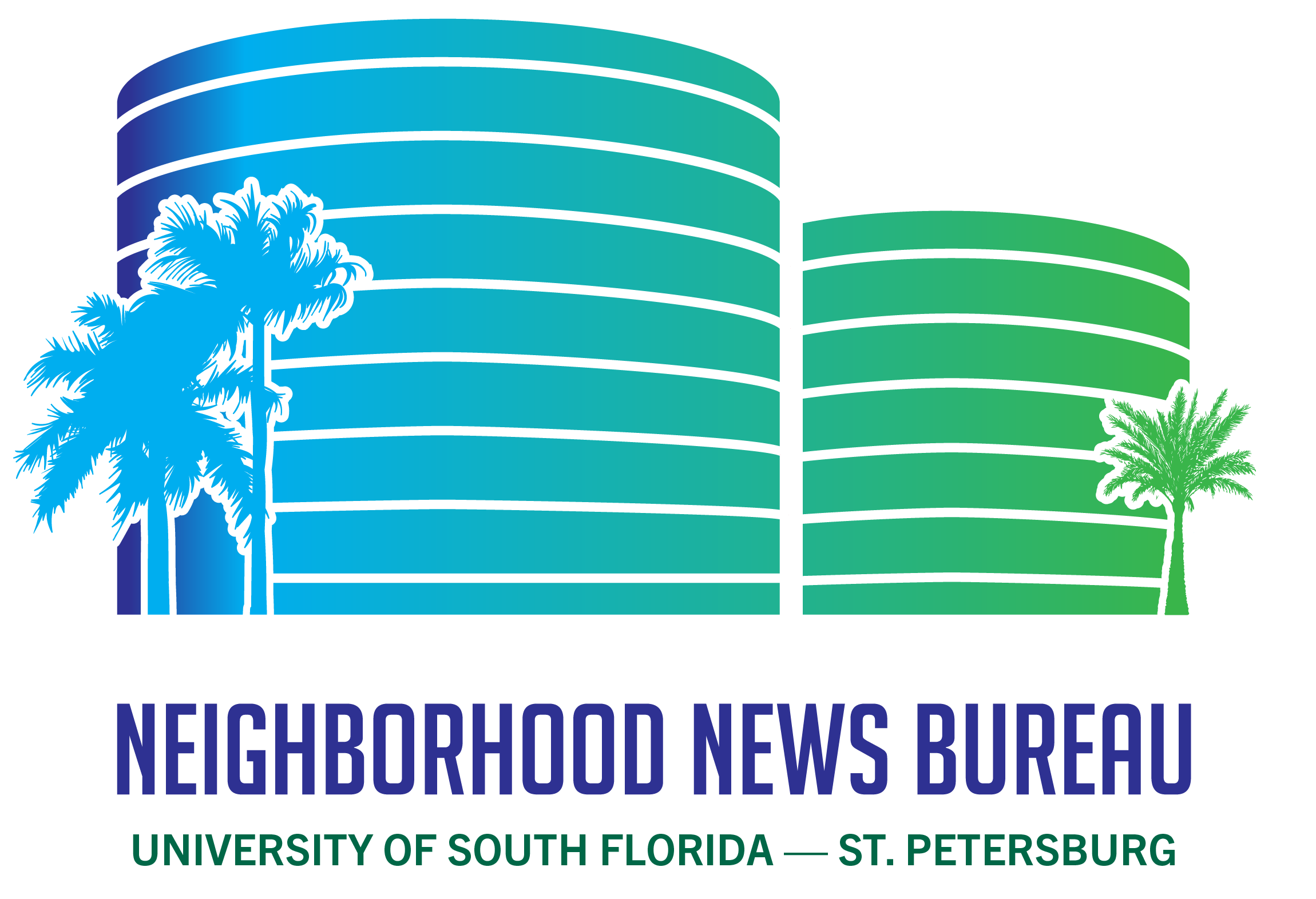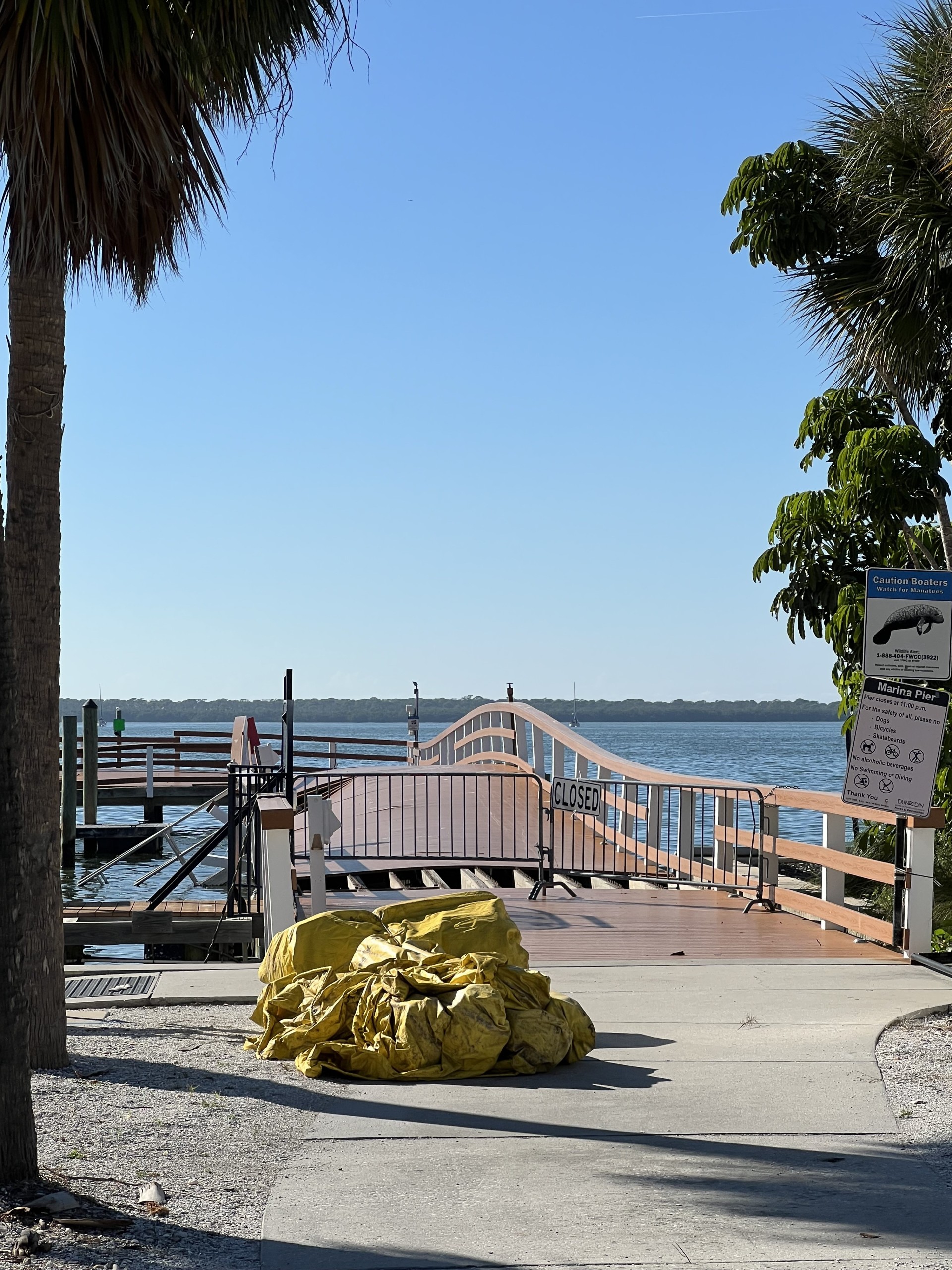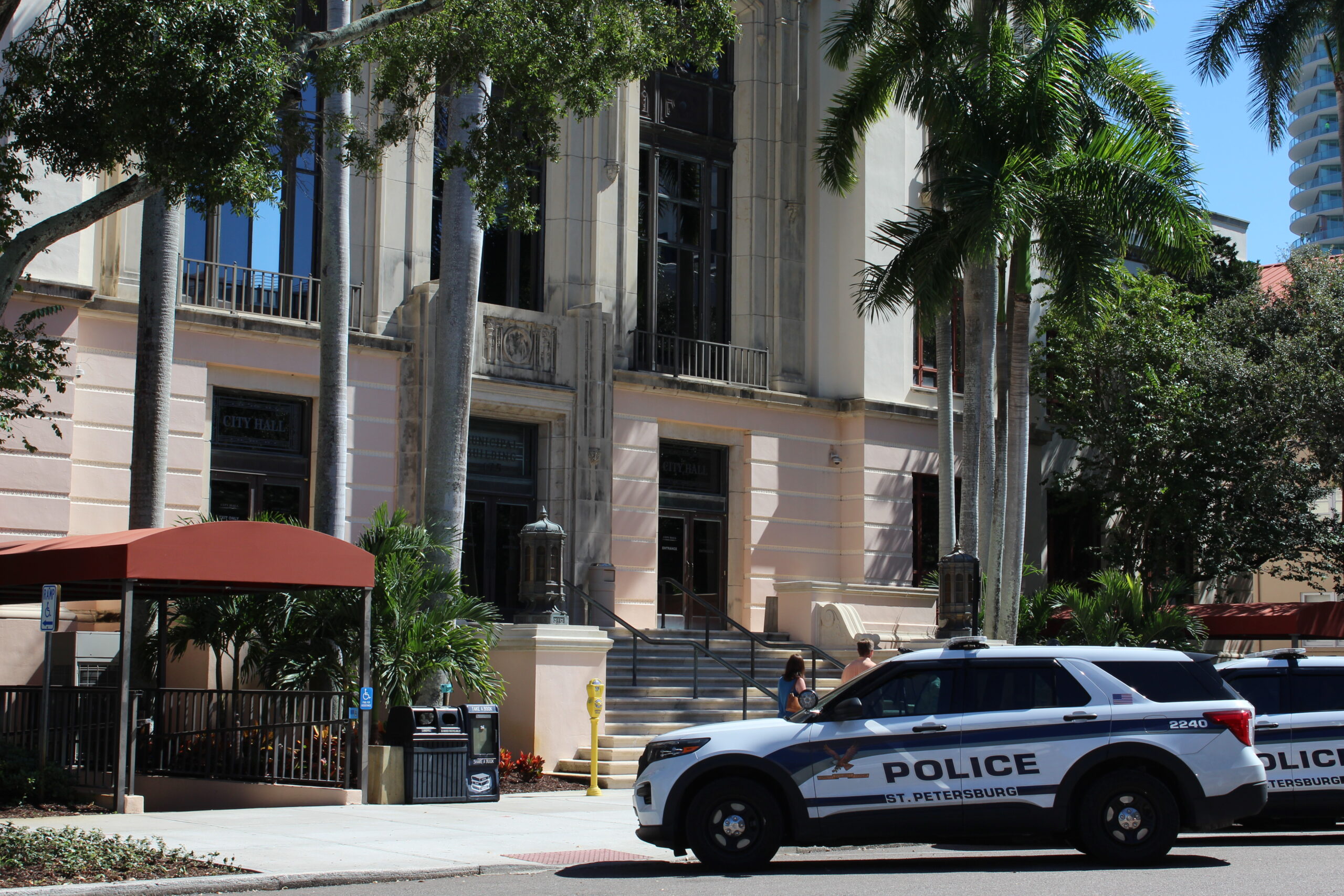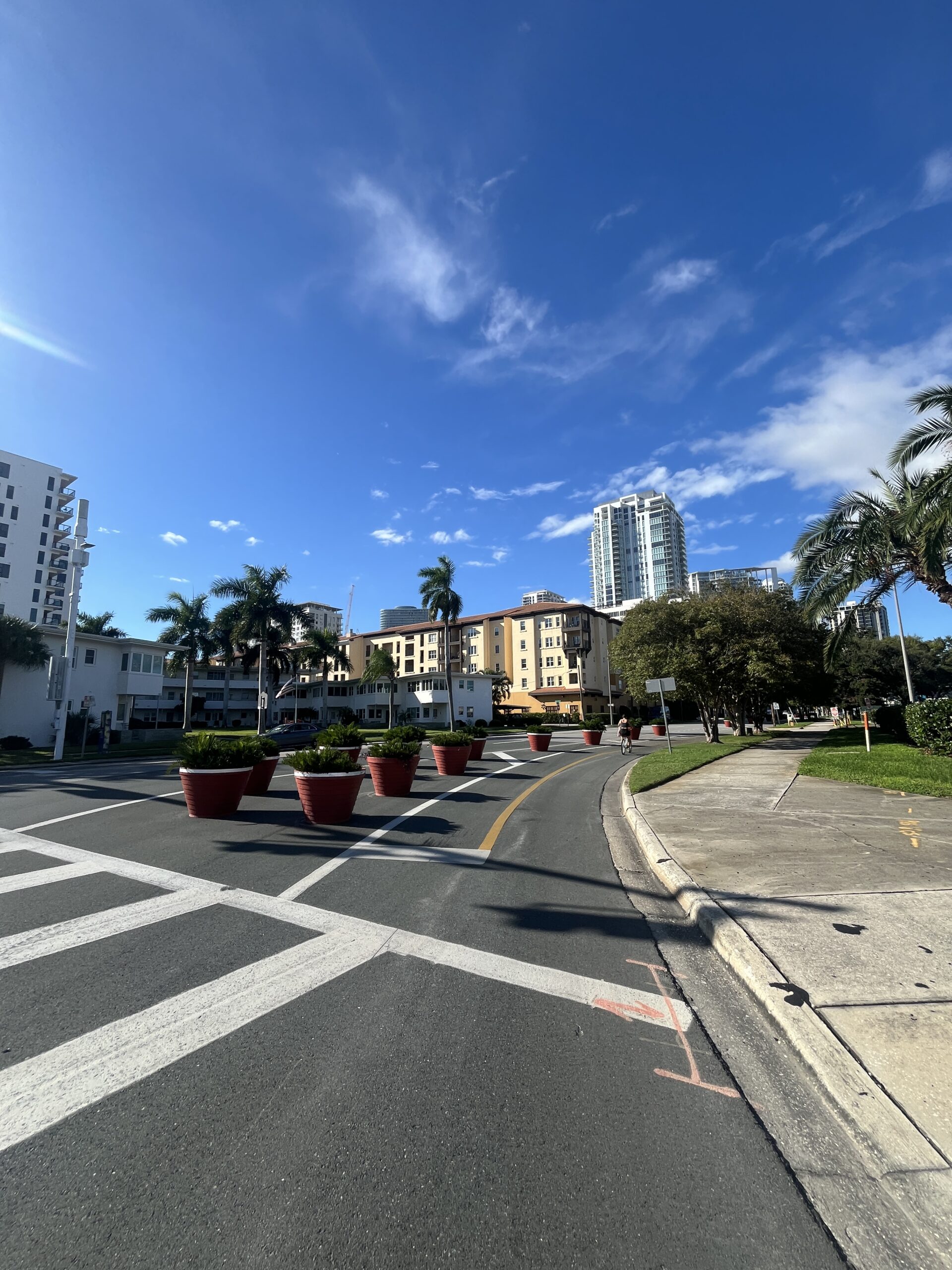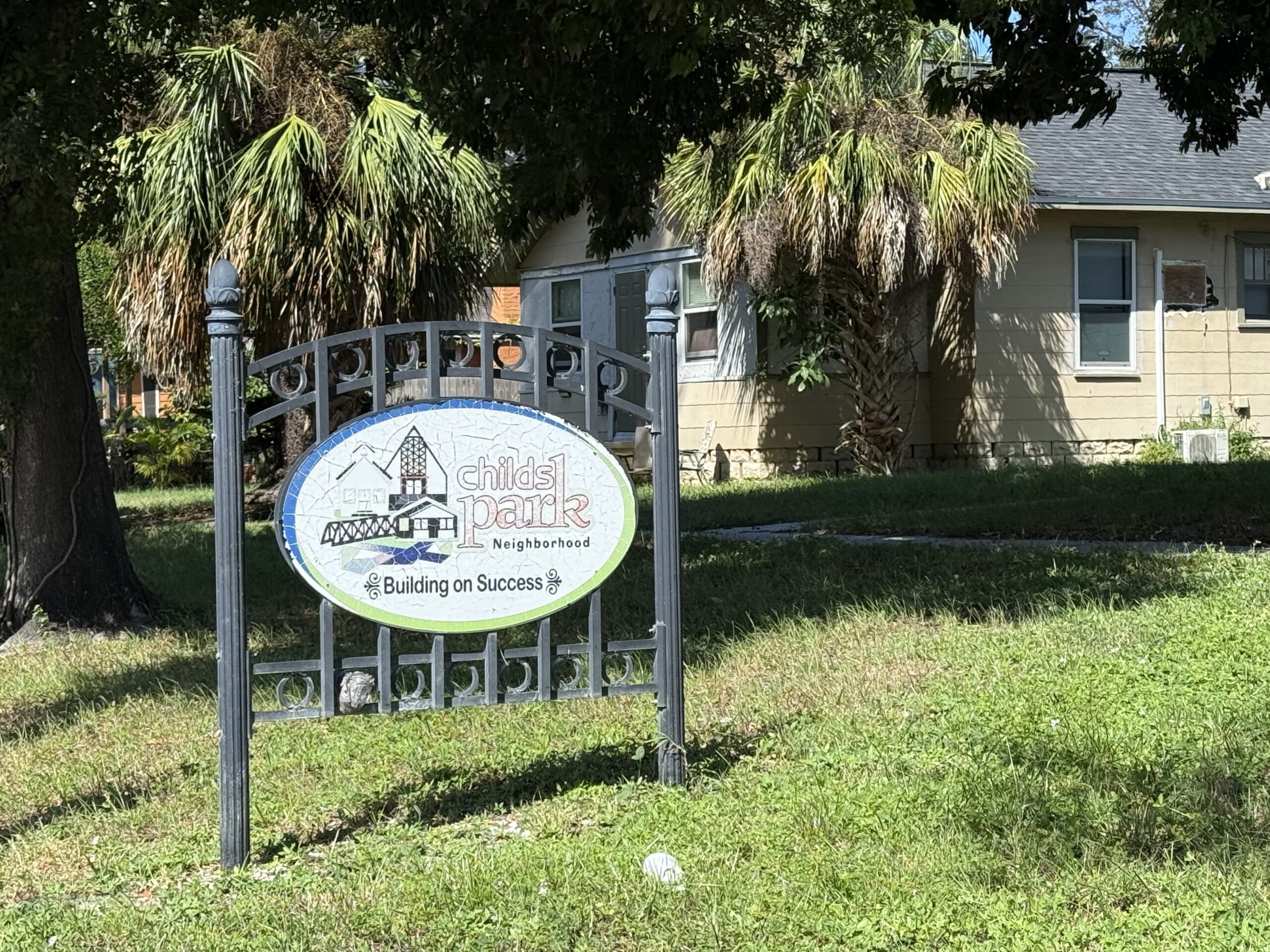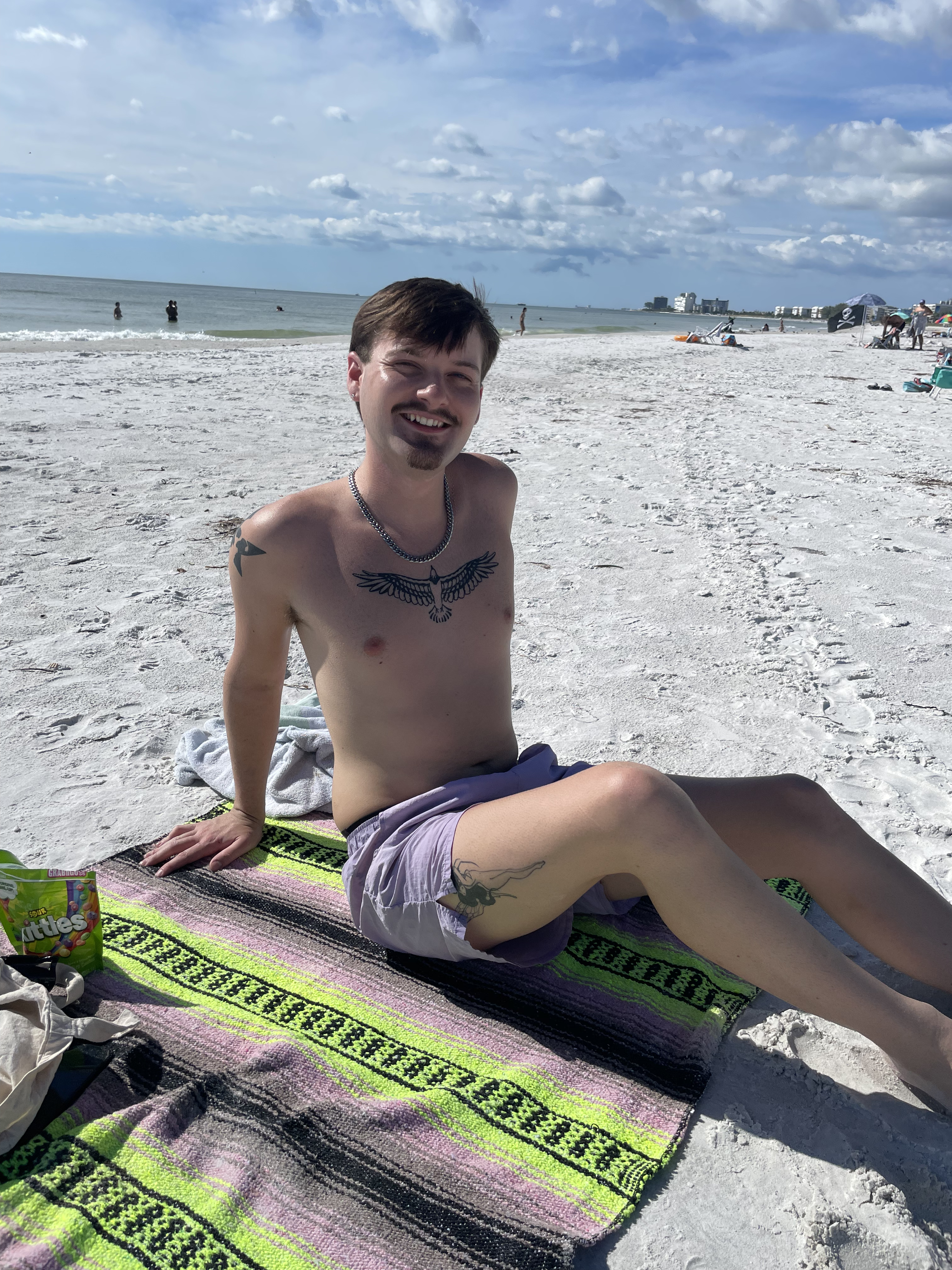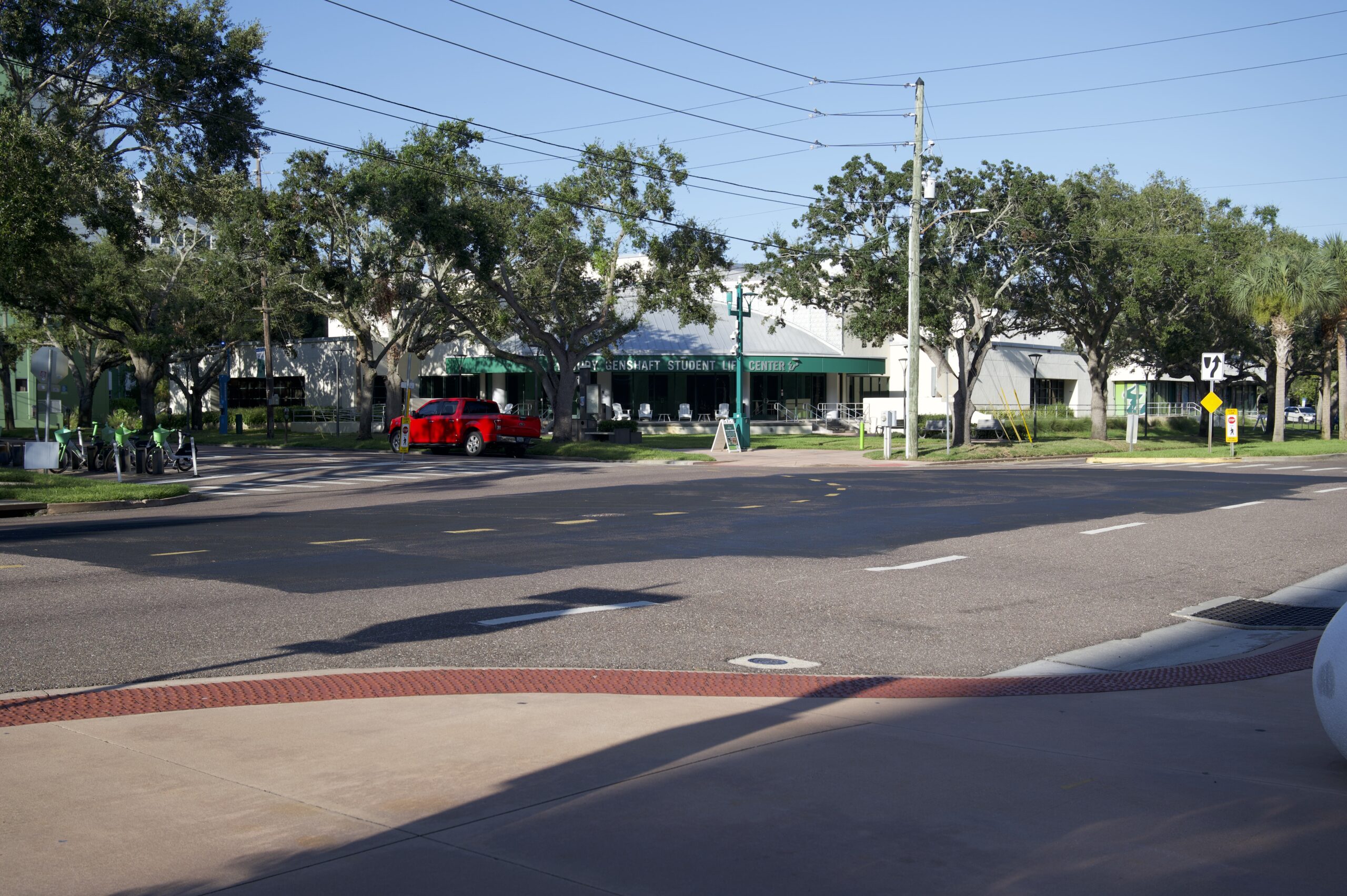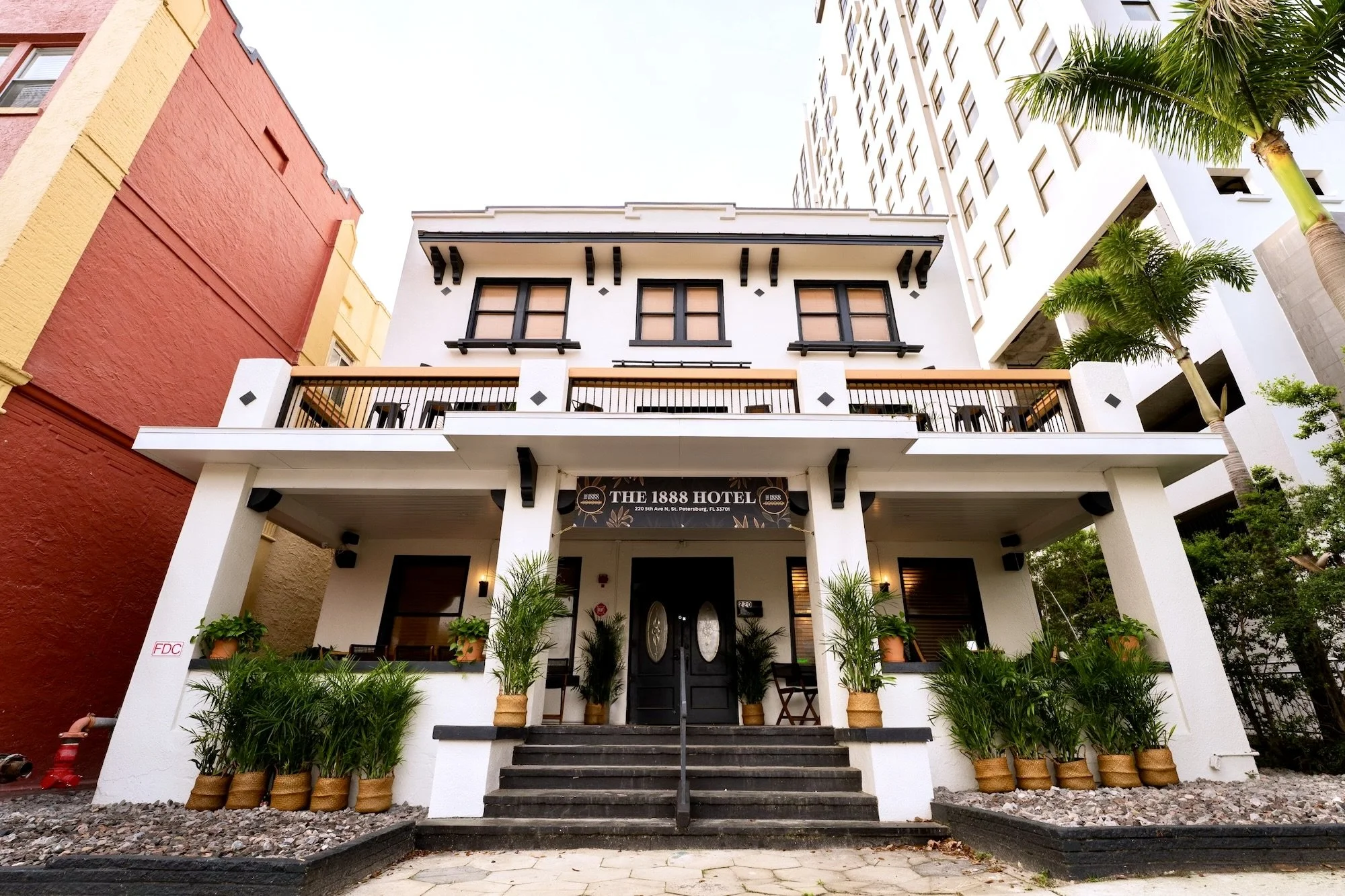By Leif Helland The Dunedin Water Treatment Plant administrative offices are currently up for a bid of $250,000 for a project to install impact resistant windows for future natural
Read MoreAuthor: April Borjon
St. Petersburg increases mental health funding for first responders
By Kelly Garcia On Sept. 25, the St. Petersburg City Council approved a funding increase of $400,000 for Tampa Bay Psychology Associates. The $400,000 is
Read MoreResidents concerned over downtown scooters
By Daniela Trujillo Lopez Electric scooters have become increasingly common in downtown St. Petersburg, but their growing presence has also raised concerns about safety and
Read MoreUSF researchers discuss data-driven pedestrian safety solutions
By Ashley Cline Street murals across the state were removed by a Sept. 4 deadline to comply with recent Florida legislation. Aside from the erasure
Read MoreDecades-long odor in Childs Park raises community concern
By Alexis Poggendick For 20 years, residents of Childs Park have reported a persistent odor, prompting ongoing concern from the local community. The foul odors permeating
Read MoreClearwater expansion gives boost to centuries-old pigeon-racing tradition
By Gage Johnson McLaughlin Lofts has recently finished construction of its newest loft in Clearwater. The loft, a pigeon housing and training structure, marks an
Read MoreFlorida’s view on marijuana shifts from taboo to treatment
By Delaney Taber Jarod Thompson grew up in a law enforcement household. His father spent decades cracking down on illegal drugs. Marijuana was always part
Read MoreLocal artist’s AI use sparks debate in St. Petersburg
By Jordon Pfeiffer Nearly two years ago, as the Imagine Museum began their curatorial procedures and new gallery configurations, never in their employees’ wildest dreams
Read MoreAfter mural removal, art community pushes back
By Sofia Modica On a sweltering afternoon in downtown St. Petersburg, the bold lines of once colorful murals now sit beneath coats of flat, black
Read MoreHistoric hotel reshapes St. Petersburg’s hospitality scene
By Anna Volino In a city once dominated by beach resorts and chain hotels, underdogs are getting a new spotlight. Boutique accommodations like The 1888 Hotel
Read More